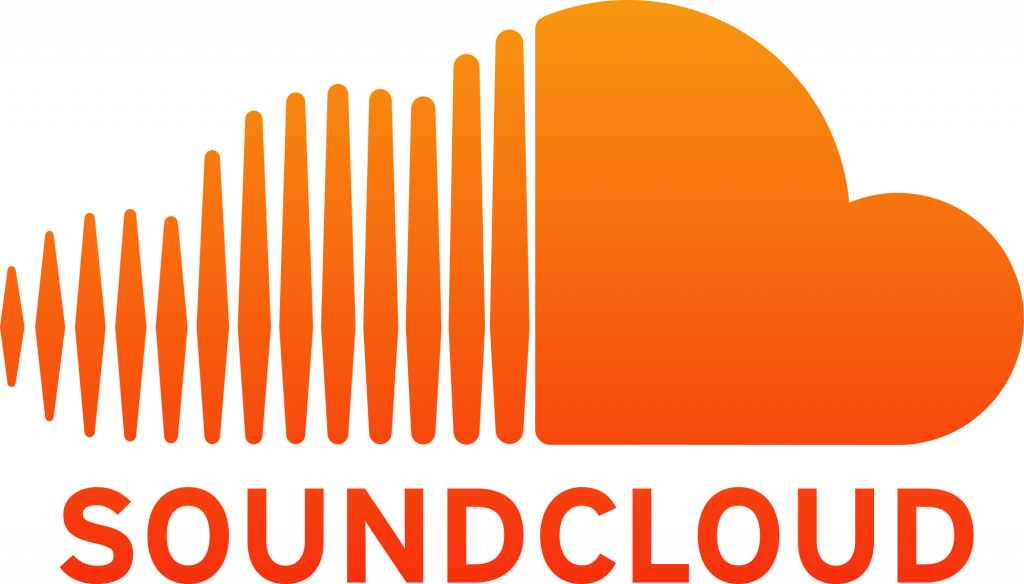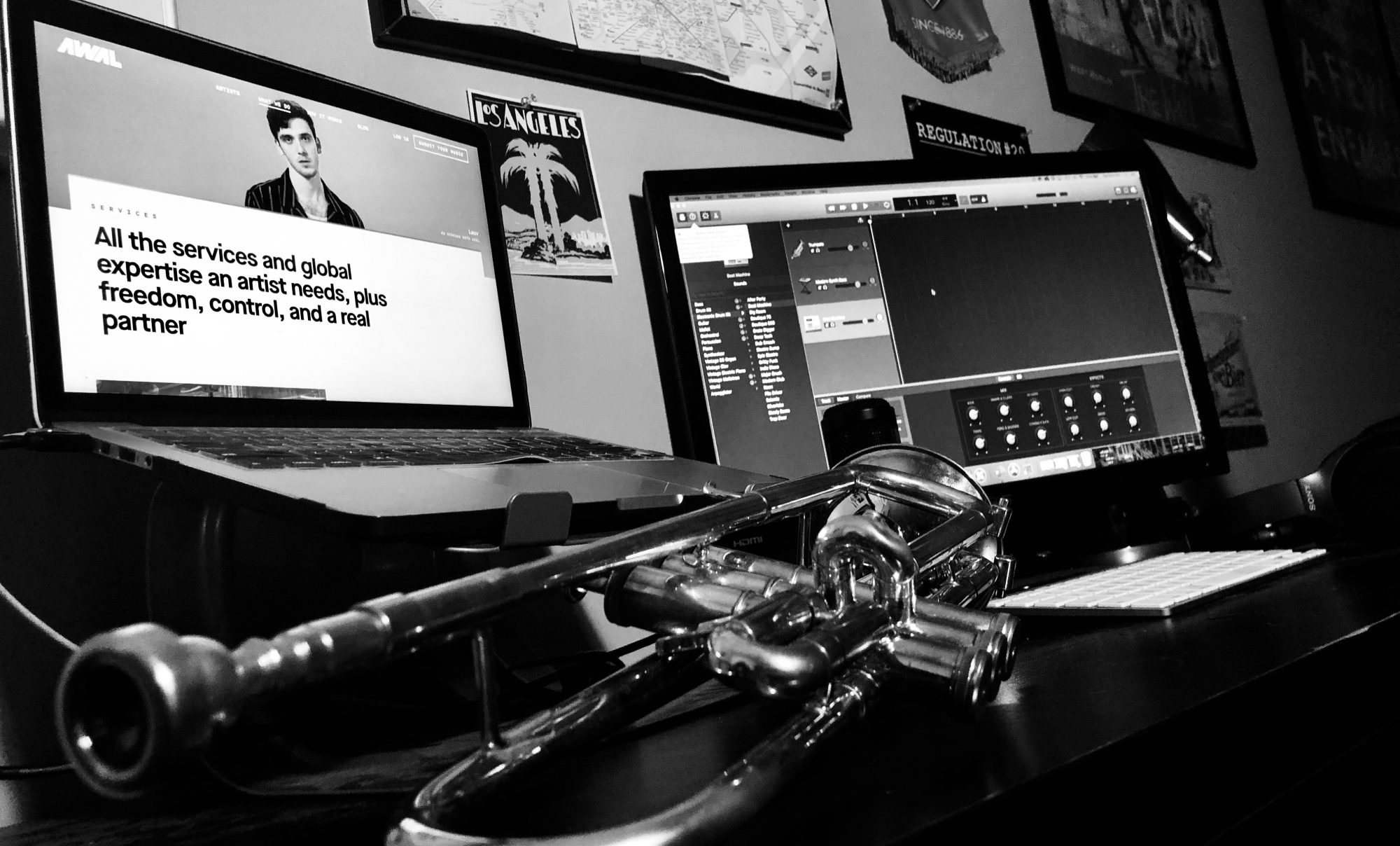Few realized Frank Ocean’s critically-acclaimed album Blonde would usher in a brand new era of music distribution when it finally dropped in 2016. But he certainly knew what he was doing, as did his new partners in industry disruption, a small Los Angeles-based startup called Stem.
Fed up with executives at Def Jam Records, Ocean fulfilled his final contractual obligations by releasing Endless on August 19, 2016, a visual album which The Guardian called a “challenging musical feast” which “floats by hazily with no clear direction.”
At worst, Endless was a raw look inside the mind of a complicated artist. At best, it was a massive middle finger to a legendary record label once home to the Beastie Boys, Nas and Kanye West.
The next day, Ocean released Blonde as an Apple Music exclusive through Stem, a service which puts its clients’ new releases on major streaming platforms in exchange for just 5 percent of streaming revenue, allowing artists to retain control of copyrights. In contrast, a typical record deal allows labels to take 50-80 percent of revenue.
Ocean topped the charts, while Def Jam Recordings, its parent company Universal Music Group and the entire music industry were flipped on their heads once again.
What are online music distributors?
Once upon a time, music junkies and casual listeners would walk into a record store, browse the shelves and buy full-length albums at prices upwards of $20 a piece. Albums found their way on the shelves mostly through major record labels’ networks of trucks, record factories and promotion.
While some independent distributors existed, such as CDBaby, an artist’s best chance to land a record on the shelves of Tower Records or FYE was through a record deal.
We no longer live in this world. According to sales data from the Recording Industry Association of America, physical CD sales have decreased more than 5,000 percent from 2000 to 2018. Physical album sales accounted for more than 92 percent of total music industry revenue at the turn of the millennium. In 2018, they accounted for a measly 7 percent of all U.S. music industry revenue.
The shelves at Tower Records are not just empty; they do not exist.
Today, music lives almost exclusively on the internet. Nearly 75 percent of recorded music revenue in 2018 came from digital streaming, according to the RIAA. Apple Music has 28 million paid subscribers in the U.S., while Spotify trails closely behind with 26 million. Tens of millions more are using ad-supported platforms like YouTube and Pandora.
Though music listening is more seamless than ever, landing music on a major streaming platform is not so simple for an artist. Unlike sites like YouTube and SoundCloud, which allow users to upload their own content with ease, music streaming platforms like Spotify and Apple Music require musicians to use a distributor to upload music.
While record labels handle music distribution for their artists, independent musicians have options on how they get their music on major streaming services. Their best chance to land on all streaming sites is to use one of the dozens of online distributors, which act as middlemen between the artist and the streaming services.
Who leads the pack?

Following a complete acquisition by Sony Music for over $200 million in 2015 and a merger with the Sony-owned RED Distribution service in 2017, The Orchard quickly became the world’s largest independent music distributor. The Orchard gives indie labels a single point of entry into Sony Music’s massive global distribution system.
“The Orchard is the only global comprehensive digital and physical distribution platform with its own delivery, sales, distribution and reporting systems built specifically for independent clients,” Brad Navin, CEO of The Orchard, said in an interview with Billboard. “With a single deal, clients have the ability to deliver their music to every leading global and local digital and physical retailer and reach music fans around the world.”

Founded in 1998 to help independent artists put their music in brick-and-mortar retailers, CDBaby has also been an online distributor since 2004. Their standard distribution service costs $9.95 per song or $29 per album with no annual fee and allows artists to keep 91 percent of digital revenue from streaming services.
Unlike other online distributors, CDBaby also offers physical distribution to remaining U.S. record stores.

To get a song distributed through TuneCore, an artist must pay $9.99 per single per year. For an album, an artist must pay $29.99 for the first year, followed by $49.99 each subsequent year.
While independent artists using TuneCore keep every dime of digital income, they must pay these prices annually on each work in order for the works to remain on major streaming platforms.

Artists using DistroKid may upload unlimited songs and albums to major streaming services for just $19.99 per year while keeping 100 percent of digital royalties. The service has been used by thousands of independent artists, as well as major artists such as Ludacris and Ty Dolla $ign.
DistroKid’s widespread popularity and reasonable pricing structure prompted Spotify to acquire a minority stake in the company in 2018.

Stem pays out 95 percent of digital revenue to artists and does not charge an annual fee. Praised for its use of data, Stem allows every collaborator to have access to performance and earnings data in real time for any song or music video they’re attached to.
“Labels typically do not provide this level of transparency, but rather send spreadsheets on a quarterly basis which are often massive and convoluted,” Chloe Heavey, Client Strategy and Operations Manager at Stem, said.

Acquired by independent music publisher Kobalt in 2011, AWAL, whose acronym stands for “Artists Without A Label,” takes 15 percent of an artist’s revenue. Though its name implies it is not a record label, AWAL certainly operates like one.
AWAL does not allow all independent artists to use its service; instead, much like nearly every record label, its artists and repertoire (A&R) team reviews and accepts artist applicants based on their fan engagement on social media, their team of managers and agents, and, above all, the quality of the music.
The indie distributor also has dedicated marketing, radio promotion and synch licensing departments, much like a traditional record label.
New competition to independent distributors

In addition to purchasing a minority stake in DistroKid, and listing it as one of two “preferred distributors,” Spotify recently began beta-testing a service allowing some artists to upload music directly and exclusively to the streaming platform. The new service, according to a Spotify blog post, will allow artists to see a clear report of how much their streams are earning.
Even better, Spotify will not charge any fees for the service. Spotify’s direct-upload service is only available by invitation to a few hundred U.S.-based independent artists, though the streaming giant hopes to expand the service to more artists in the near future.

Unlike Spotify’s new direct-upload service, SoundCloud’s service will allow artists to upload music to other major streaming services.
“Only SoundCloud empowers creators with a unified platform to instantly upload and share … both on SoundCloud and across other leading music services,” Kerry Trainor, CEO of SoundCloud, said in an interview with Music Business Worldwide.
According to the interview, SoundCloud has over 200 million songs from more than 20 million artists worldwide.
Hope for Record Labels
Despite the freedom of copyright ownership which online music distributors offer artists, signing with a record label – particularly one affiliated with Sony, Universal or Warner – remains an enticing option to artists for two key reasons.
Radio Promotion
Often seen as a dying medium, rates of traditional AM/FM radio listening have remained steady over the last four years, with Americans listening to an average of nearly two hours of radio per day, according to Nielsen. With hundreds of millions of listeners in the United States, radio is still a prominent means of play and promotion for indie and iconic artists alike.
“If you want to become a radio artist, and therefore a relevant artist, you really need the radio promotion mechanisms which are present in almost all labels,” Sofie Khan, campaign coordinator at Apple Music, said.
Despite being one of the most vital constructors of local sounds, especially in hip-hop, radio is nonetheless threatened by music streaming.
“Radio is all throughout the country in multiple cities, so one of the downsides of streaming is that there are maybe a dozen people on staff at major streaming services deciding what everyone in the U.S. is listening to on major playlists,” Khan said. “I worry that the sounds of individual cities might die away. Each city has its own unique sound.”
Still, the widespread popularity of streaming services and their seemingly endless amount of curated playlists is not completely replacing radio, at least for now.
“Music curators won’t replace radio DJs entirely,” Stephanie Elkin, Project Manager and Music Curator at Pandora, said. “Radio DJs are personalities that listeners recognize and rely on.”
International Fame
Though Spotify is available in nearly 80 countries around the world, simply landing a place on the platform among thousands of other artists does not directly translate to international prestige. Labels help connect the dots between artists and fans across the globe, with most major labels having dedicated international marketing teams at their U.S. headquarters, in addition to street teams in dozens of foreign countries.
Many labels have also begun offering tour support in recording contracts through multiple rights deals, or “360 Deals.” In exchange for slices of future tour revenue, labels often offer separate advances for live performances, which can be the biggest source of revenue for artists.
Signing to a label with a strong international marketing department, in addition to finding a booking agent with international connections, is still the best way for an artist to break in international markets.
Independence Day
While the benefits of remaining independent are more and more alluring to artists at a variety of career stages, doing it all yourself does not come without challenges.
“It’s a different climate being on your own as an artist,” Kailey Nicole, an indie country artist, said. “You have to be a CEO and an artist and a songwriter and whatever else you’re doing. You have to put on all of those hats when you’re releasing and making music independently.”
Independent distributors are certainly shaking up the music industry. However, they are not knocking down the walls of major labels, nor does that seem to be their intention.
“Indie distribution is providing an option for the extremely talented, non-traditional musicians to thrive on their own without being shelved,” Heavey said. “Indie distributors simply hope to influence the industry to be innovative, fair and transparent.”
Still, there has never been a better time to be an independent artist, largely because of distributors.
“For artists who don’t have the notoriety yet but want to put their music on the main stages of streaming services, a distributor is the way to go,” Tyler Abravanel, Client Relations Coordinator at Kobalt Music, the parent company of AWAL, said. “Having these small independent distributors is an amazing thing in our industry right now which we have simply never seen before.”
